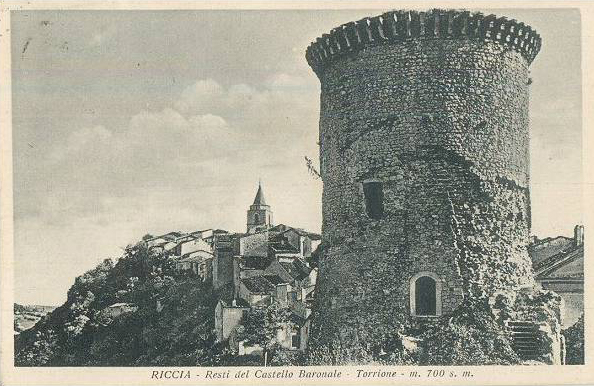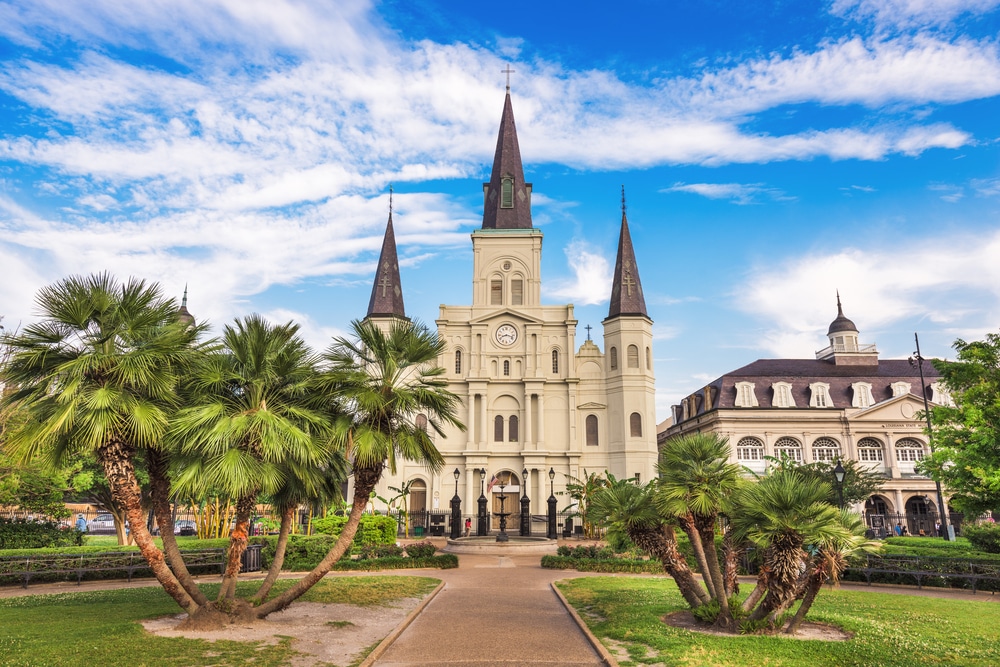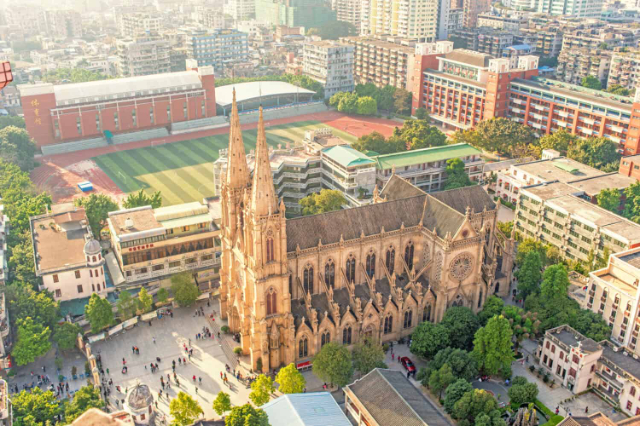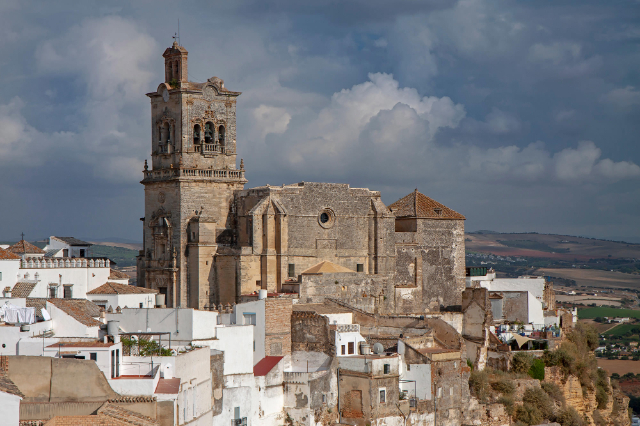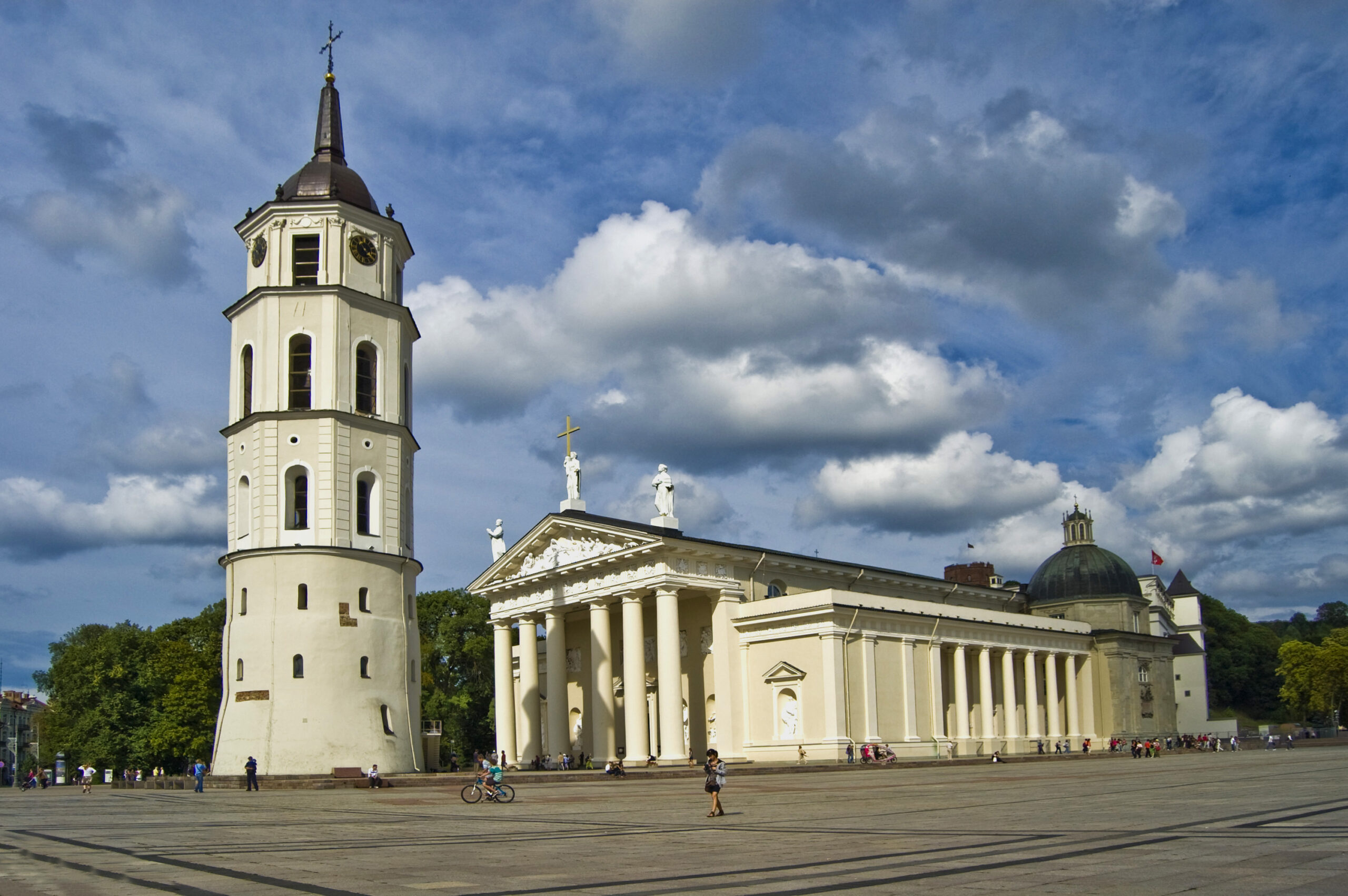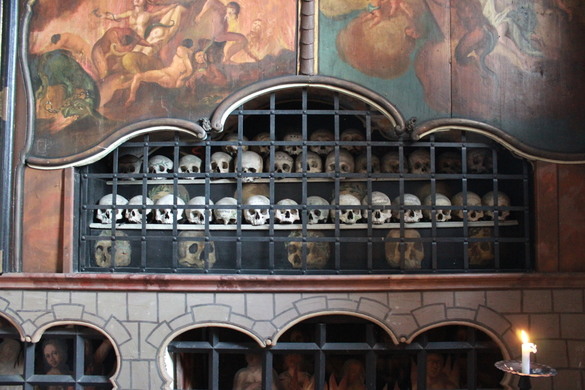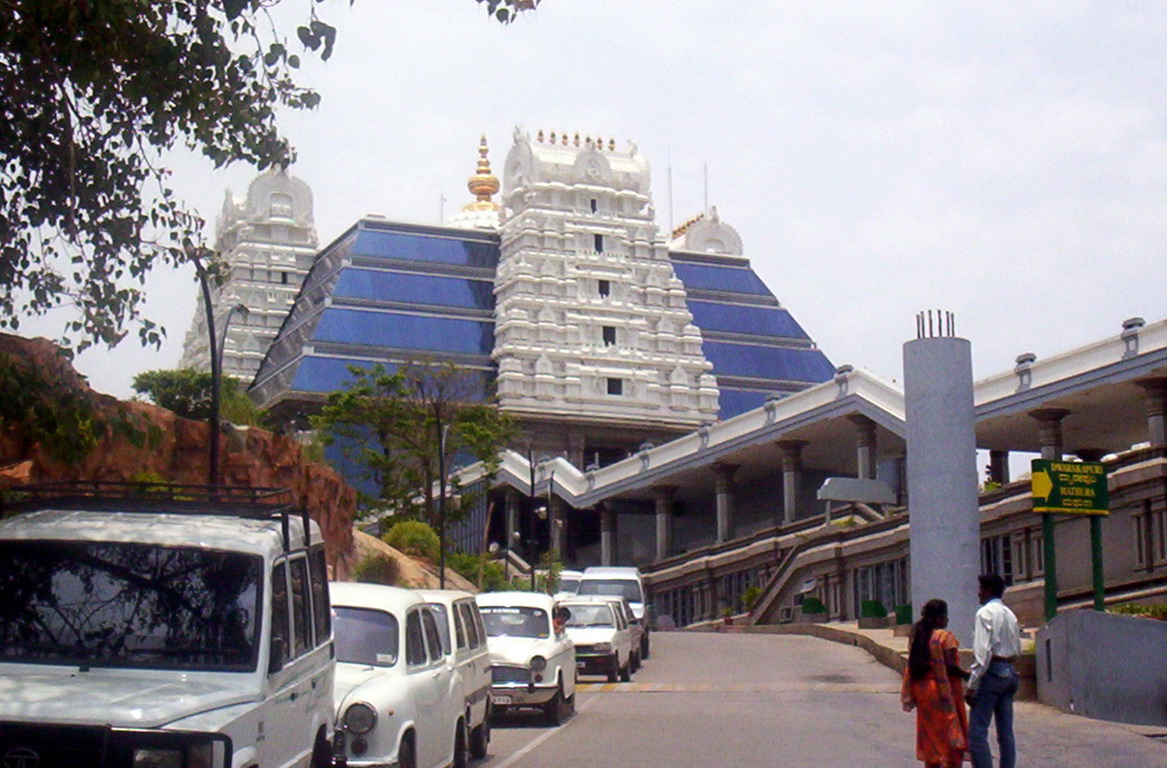The Church of the Assumption still retains several elements of the thirteenth century, such as the portal, with the presence of leaves in the capitals and lions on the corbels, which remains as evidence of a clear previous installation of the medieval period, or inside the coat of arms of Bartolomeo de Capua and Aurelia Orsini, contained within a simple frame. At the end of the left aisle, considered by experts the most characteristic part of the Church, there is the vault of the ribbed chapel where a Gothic arch with a spiral motif is shown.
Clearly visible is the painting dedicated to the "Dormitio Virginis", which has been attributed to Silvestro Buono, a Neapolitan artist and pupil of Antonio Solario, also known as Lo Zingaro. Most likely painted around 1480, it represents the Virgin Mary in her passing from this life to the next, while the apostles around her perform the funeral rite. The Virgin is in the foreground, lying lifeless on a sumptuous bed covered in gold and adorned with fine white flowers, which acts almost as a royal throne. Mary’s face shows no suffering, it is blissful and smiling. There is no trace of death, but of serenity in the expectation of death. In the opposite wall the picture of the Blessed, hermit of the town of Riccione, Stefano Corumano, depicted with the Madonna and Child.
The high altar is of the eighteenth century polished stone with marble recesses. Finally, in the side walls there are two stone tabernacles, while on the side of the wall on the right are visible some fragments of friezes, capitals and columns of the original church.
